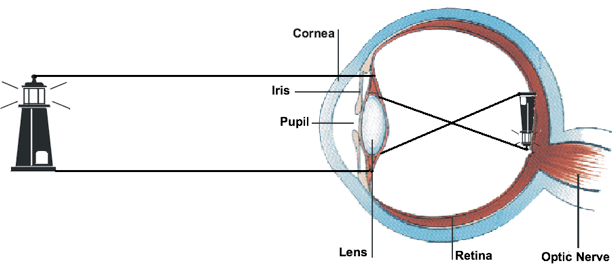Refractive Laser Surgery

Refractive Surgery
The eye is built and functions like a camera. The transparent cornea which covers the front of the eye is like a window, allowing light to enter the eye. The cornea and the lens, which is just behind the pupil, to focus a picture of the outside world onto the retina at the back of the eye.

Laser refractive surgery has been performed extensively throughout the world for more than 20 years. A “cold” excimer laser with a wave length of 193 nanometer is used to reshape the cornea without affecting its transparency. The laser is applied just below the corneal surface so that it is necessary to temporally lift a flap of cornea to produce a “window”. This can be done in a number of ways:

Femtosecond laser - Z Lasik LDV
A special laser with a wavelength of 1045 nanometer is used to produce a flap of 110 micron thickness. The flap is lifted, the cornea in the exposed “bed” is treated with the excimer laser, the flap is replaced and adheres almost immediately to the bed. With this method the vision is usually good the day after surgery and excellent within a few days. There may be some slight discomfort for a few days. Intralasik has replaced “lasik”, in which a special knife (microkeratome) was used to separate the flap, because it produces a thinner, more even and predictable flap.
Lasek. The very thin outer layer of the cornea, the epithelium, is raised using alcohol or a special knife, the laser therapy is performed as usual and the epithelium is carefully replaced. It heals naturally in 3-5 days. The advantage of this method is that it only minimally affects corneal thickness and so is suitable for relatively thin corneas, but recovery from surgery is slower than after inralasik, the improvement in vision may take 2-3 weeks and there may be some discomfort requiring treatment with eye drops and mild pain-killers.
The new generation of lasers allows extremely accurate correction of vision, including the measurement by “wave front” of minor irregularities of the cornea and their correction, resulting in better vision than the patient had previously when wearing his glasses.
Who is suitable for laser refractive surgery ?
Most people suffering from short sight, long sight and astigmatism provided that:
Age over 18 years.
The spectacle correction has been stable for at least 6 months.
There is no significant eye disease or certain general illnesses.
The cornea is healthy and is found to be sufficiently thick on careful measurement.
Before performing refractive surgery the patient undergoes a thorough eye examination, including mapping the corneal curvature (topography) and measurement of the corneal thickness.
What to expect from the surgery:
Good distance vision without glasses, usually comparable to the patient’s vision with the help of glasses or contact lenses before surgery (see the discussion on “wave front” above).
People over the age of 40-45 will continue to wear reading glasses.
Some patients complain of dryness or glare after surgery. This nearly always disappears gradually. Lubricating eye drops may be required for a few weeks or months.
There may be partial regression of the effect of surgery. If this occurs it is usually possible to attain the original result by additional treatment.
